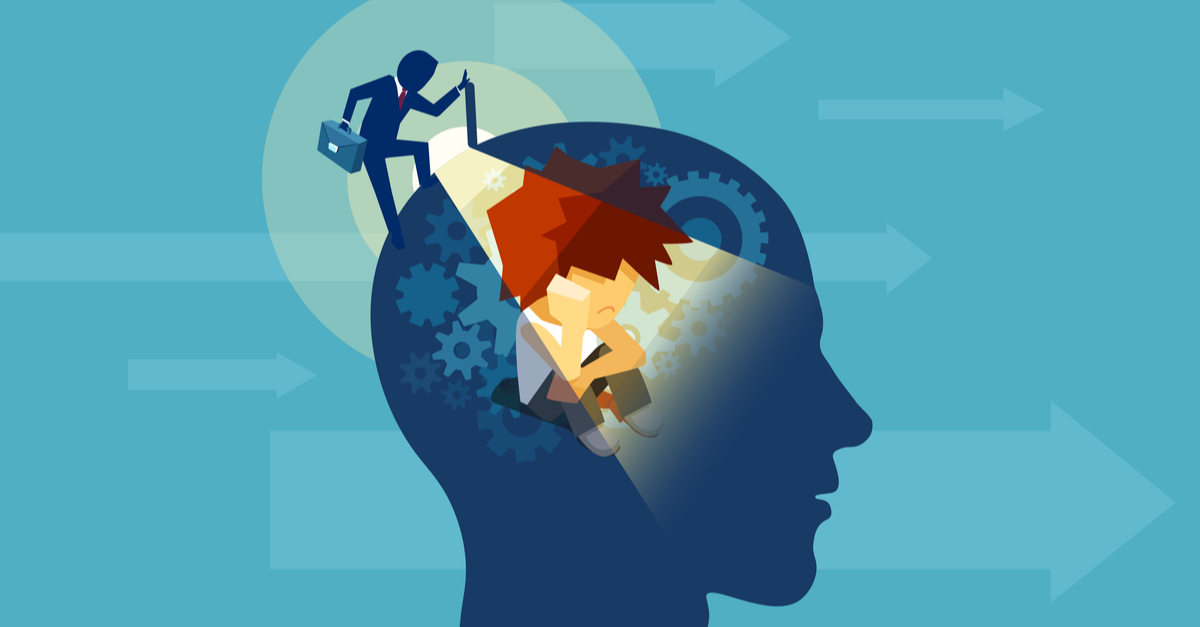Very early on in my advertising career I had realised that what people say and what they do are not always the same thing. One of the classic Ogilvy quotes that comes to mind is that – ‘Consumers don’t think how they feel, say what they think or do what they say.’ There has been a perpetual debate between intuitive and emotion-based creatives Vs. research based creative. And if we care to pause and reflect on it, our intuitions are a collection of our observations and feelings. Some of the best advertising in the world has been intuitive and high on emotions. Good creative people are inherently good students of human psychology and in turn, of the basic principles of Behavioural Economics. The good part is that Behavioural Economics has evolved into a well-structured practice and is taught at some of the best business schools. In a world where there are multiple choices, little product differentiation, similar price points and scarce time, the application of Behavioural Economics can help marketers leverage consumer behaviour much more effectively and create differentiated brand experiences. The issue with the practice is that it comes across as being so intuitive that everybody starts feeling that we know this subject like the back of our hand. That, of course, is not true. People like Herbert Simon, Richard Thaler, Daniel Kahneman, Amos Tversky, Cass Sunstein have spent a lifetime articulating this.
I have put together some very brief pointers that will help the uninitiated get a sense of this practice and why it is so important:
-
Consumers unconsciously mirror other people’s behaviour: Consumers do many things by observing others. They are encouraged to continue to do things as they do if they find social ratification in terms of other people conducting themselves in a similar manner and when they see other people approve of their behaviour.
-
Habits drive behaviour: Consumers do many things without consciously thinking about them. These habits are difficult to change – even though people might want to change their behaviour, it is not easy for them because it is deeply rooted. This is done unconsciously most of the time. Most consumers are not able to articulate this during any kind of research.
-
Consumers have a value system: Doing the right thing is important to people. Contrary to popular belief money does not drive all decisions as it undermines people’s intrinsic motivation. They want their actions to be in line with their values and their commitments.
-
Consumers are loss-averse: Consumers try to keep something that they consider is ‘theirs’, even when it is quite arbitrarily given to them. They develop a sense of ‘ownership’ and a ‘bond’ that is not easy to break. Kahneman and Tversky’s Prospect Theory, shows that people are not impartial to whether a loss or a gain is involved, in fact on the contrary, they put more effort into preventing a loss than winning a gain.
-
Consumers are bad at computing: Consumers give undue weightage on recency and recent events while making decisions. They are unable to calculate probabilities and worry too much about unlikely events. In this context framing is really important to them. They are strongly influenced by how the problem/information is presented to them.
-
Consumers need to feel involved: They want to be seen as driving or being part of change. Consumers are not happy with just getting incentives and information. They detest feeling helpless and out of control. It is much easier to get a desired outcome if the consumer feels he/she is in control and making active choices.
All marketers need to incorporate this thought process when devising their consumer approach and brand strategy. The practice of Behavioural Economics provides a framework for human insights, the secret sauce is in marrying them with data driven insights. I will keep exploring different facets of Behavioural Economics, cognitive biases, behavioural insights and some of the seminal work that is happening in this space.

